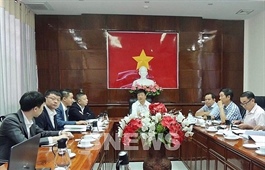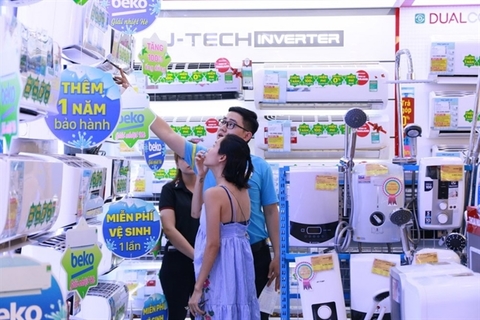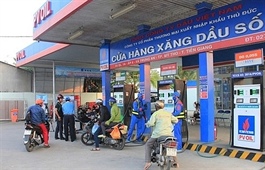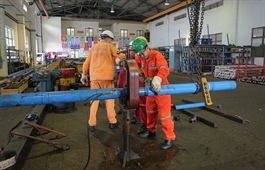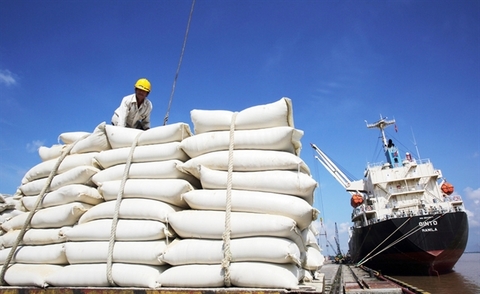EVFTA helps boost Vietnamese agricultural exports to meet EU standards
EVFTA helps boost Vietnamese agricultural exports to meet EU standards
Vietnamese businesses need to improve their capacity to compete in such a highly demanding market as the EU.
The EU-Vietnam Free Trade Agreement (EVFTA) will not only opening many opportunities for Vietnamese exports to the EU market, but will be also a lever to promote agricultural restructuring, improve production capacity and value for Vietnamese farm produce, Tuoi Tre newspaper reported.
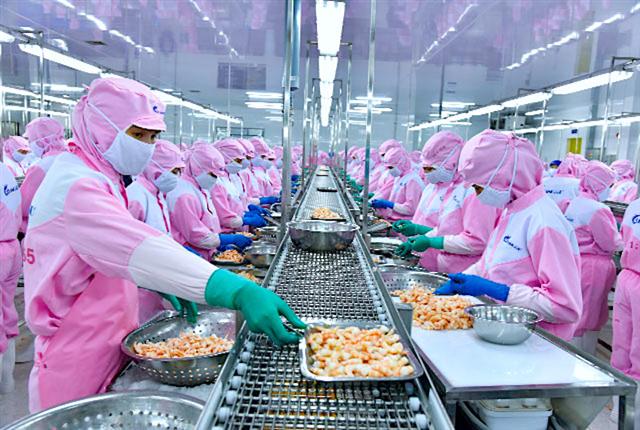
The EVFTA helps boost Vietnamese agriculture exports to meet EU standards. Photo: thuysanvietnam
|
Opportunities to the EU market
With experience of more than 20 years of exporting goods to the EU, Phan Minh Thong, general director of Phuc Sinh JSC, said that the EVFTA, when taking effect, would become a major milestone and a great opportunity for Vietnamese farm exports which have gained certain acceptance in this market.
“Under the requirements of this agreement, Vietnamese businesses have to improve their capacity to compete in this very demanding market. And that’s a good thing,” Thong said.
The Vietnam Association of Seafood Exporters and Producers (VASEP) predicted when the EVFTA takes effect, Vietnam’s seafood exports to the EU could rise by 20%, according to Truong Dinh Hoe, general secretary of the VASEP.
More than 200 tariff lines for seafood will be reduced to 0% as soon as the EVFTA enters force from August 1, which constitutes a favorable factor for Vietnamese seafood competitiveness over rivals from Thailand, India and Ecuador. With the tax cut, importers from Europe will consider buying more from Vietnam, Hoe added.
Some products are forecast to enjoy rapid growth in exports to the EU market after the EVFTA comes into effect. Shrimp and shrimp products would reach turnover of US$1 billion next year, compared to about US$700 million now.
Unpeeled and shelled shrimp products accounted for 60% of the shrimp exported to Europe. With the zero tariff, prices of these items in this market would be highly competitive. Hoe hoped that the EVFTA will help resume pangasius export to the EU.
Meanwhile, Vietnamese rice has almost no chance to penetrate the EU market because the current tax rate is high, from EUR65 - 211 (US$74.2-241) per ton depending on types, according to Do Ha Nam, general director of Intimex JSC.
However, with the export quota of 80,000 tons of Vietnamese milled rice and fragrant rice each year, it will enjoy a tariff rate of 0% from August 1. It is a positive sign for Vietnam’s rice exports, Nam said.
Improvement in quality standards
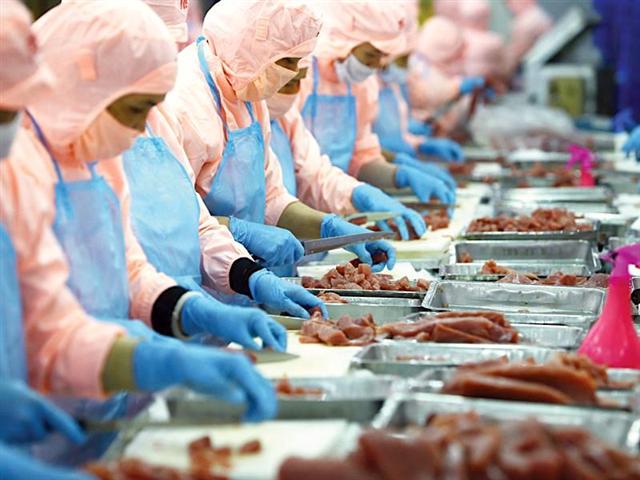
Vietnamese enterprises have been making efforts to improve their products and gradually meet the requirements. Photo: baodautu
|
In order to meet the quality standards for goods exported to the EU market, Vietnamese enterprises have been making efforts to improve their products and gradually meet the requirements, Hoe from the VASEP said.
Until now, seafood exporters have applied quite well the new EU regulations in the EVFTA such as quality, antibiotic residual control, traceability, environmental protection and labor.
However, according to Hoe, Vietnamese businesses need to discuss more with their buyers to update information about tariff rates and other requirements to better meet the needs of consumers.
Thong from Intimex also predicted that Vietnam’s exports will not rise sharply aftert the EVFTA takes effect and it requires Vietnamese businesses to make greater efforts to take advantage of the opportunity.
At the conference on the EVFTA in early July, Nguyen Xuan Cuong, minister of Agriculture and Rural Development, said that in order to make full use of the EVFTA, Vietnam must develop high-quality sources to meet origin criteria and attract investment to expand the production of highly competitive products.
In particular, Vietnam needs to focus on restructuring agricultural production, increasing supply control and production orientation associated with markets, Cuong emphasized.






